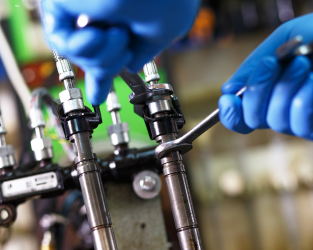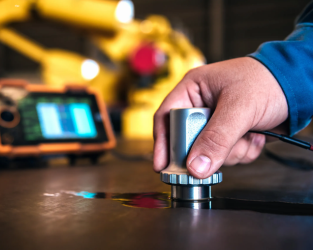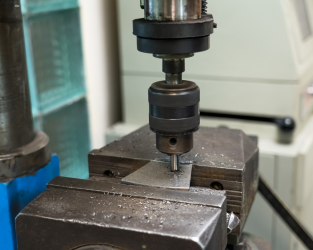1. Material Integrity: Inspecting of the products is to be done so that they satisfy the plan and fulfill the specific functions.
2. Compliance with Standards: Confirms that the tested products satisfy the issues of the corresponding standards and conform to ASTM, ISO, BIS IS 2062, and other norms.
3. Safety Assurance: We can identify possible parts failures that occur due to material defects.
4. Durability and Reliability: Since one of the aims is to test whether materials could endure various environmental and operational tensions due to which it rarely occurs, the test could save a lot of cost by not letting the case of a meter fail or its replacement.
1. Improved Product Quality: The control of raw materials and those made in the plants so they meet the qualification standards.
2. Regulatory Compliance: It certifies the utilization of rules to the aerospace industry AS9100 and automotive IATF 16949.
3. Risk Mitigation: Reducing the likelihood of product failures and recalls.
4. Enhanced Performance: Being capable of adjusting traits like corrosion resistance or load-bearing capacity and thus getting the most out of a material, whether in a specific area of operation or not.
1. Metal Manufacturers: Verify conformance to standards concerning raw and finished products.
2. Construction Companies: Ensuring the toughness and strength of construction materials are in order.
3. Automotive and Aerospace Industries: Analyzing materials for building lightweight and high-performing aircraft structures.
4. Fabricators and Welders: Examination of the defective welds and their compatibility with the selected material type.




Collect information about the material type, usage of the material, and standards (e.g., ASTM E8 for tensile testing).
Give material samples in the required dimensions and quantities.
Complete a range of tests like:
Use appropriate statistical tools to analyze the data and compile a qualitative and quantitative report of the tests and the recommendations.




